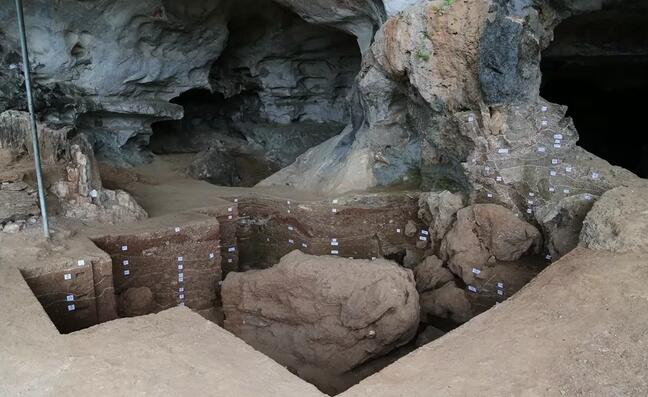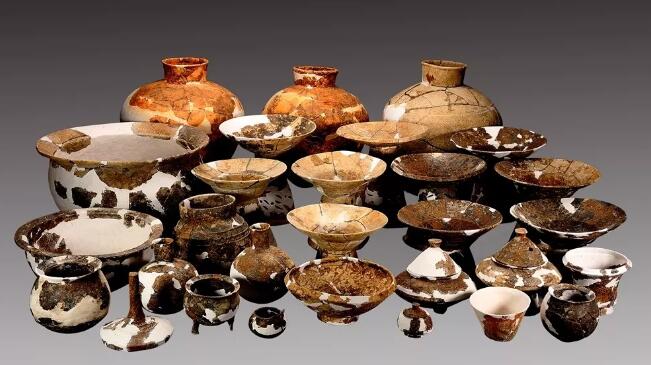3 Large artificial platforms and remains of several regular courtyards discovered in Lushanmao site, Shaan’xi Province
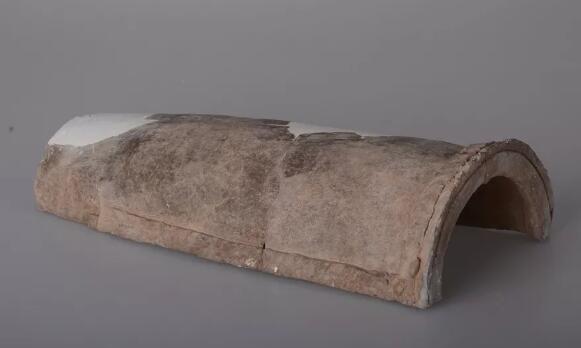
These Neolithic ruins were excavated in Lushanmao, a village near Yan'an, Shaanxi Province. The site, dating to 4,800 years ago, covers an area of more than 2 million square meters, according to a report from the Guangming Daily.
According to the Shaanxi Daily, a large man-made foundation and a number of regular courtyards with jade-carved works have been discovered. The ruins are also one of the earliest prototypes of later Chinese palaces.
More Detail:
4 The Bronze Age settlement Found at Jirentai Pass Site in Nilka County, Xinjiang
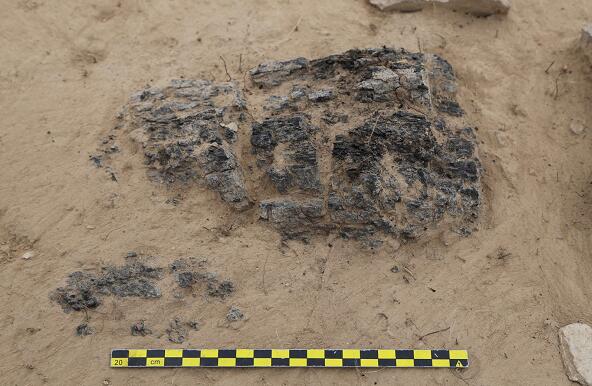
The Jirentai Pass Site is located at the mouth of the Jirentai Valley in Nilka County, Ili prefecture, Xinjiang Uyghur Autonomous Region. The site is consisted of two parts, the Residential Area and the Platform Area. The discovery of Jirentai Pass site discovered because construction was planned there in 2015. In 2015, 2016 and 2018, the archaeology team conducted three excavations at the site. It is the largest and earliest settlement remain of the Bronze Age found in the Ili River valley up to date, which provided important data for research the settlement formation and the establishment of the sequence of the prehistoric archaeological cultures in this area.
More Detail:
5 Cemetery of Late Shang Dynasty Found in Wenxi Couty, Shanxi
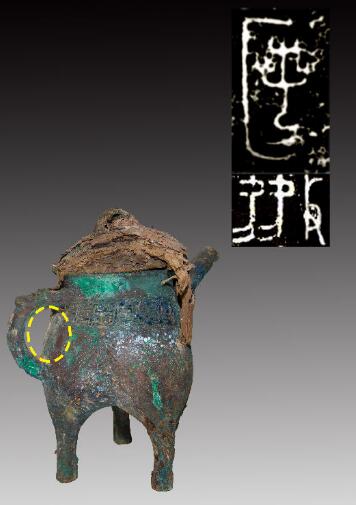
Through investigation and exploration, 12 tombs, 6 horse and chariot pits and 5 ash pits of Late Shang Dynasty were discovered, while among the tombs, there were 5 large ones with burial passages, and 7 middle to small size earthen shafts pit tombs. It is rare to find Late Shang Dynasty Cemetery outside Yinxu Ruins. According to the inscription on the bronze ware, it is predicted to be the 匿 state.Jiuwutou Cemetery in Wenxi County was a new discovered large high-ranked noble cemetery of Late Shang Dynasty, while it was the first time discovering Late Shang Dynasty’s noble cemetery in Yuncheng Area, which was significant for the study of Late Shang Dynasty’s Yinxu Culture’s distribution range, political geography, as well as Yuncheng Area’s political position of Late Shang Dynasty.
More Detail:
6 Important discovery in the Liujiawa cemetery of the Rui state at Chengcheng, Shaanxi Province
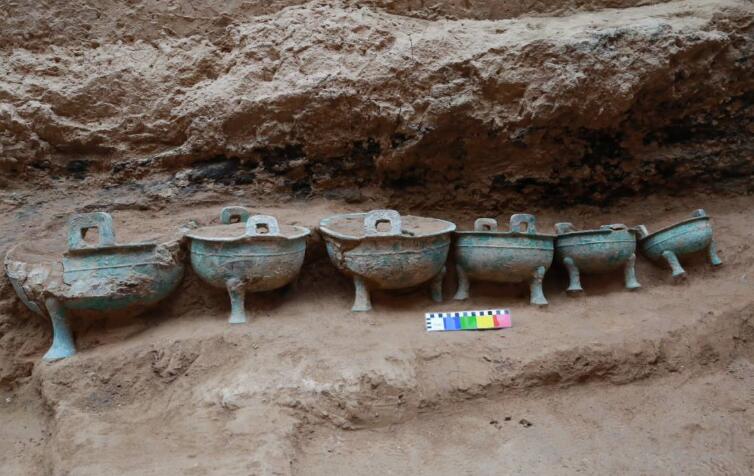
Discovered in Liujiawa village, Northwest China's Shaanxi Province, this site contains the ruins of a small city, a residence and a cemetery. A large number of bronzes, as well as precious cultural relics made from gold, jade, iron, clay and lacquered wood have been unearthed, leading scholars to deduce that the residents belonged to upper-class society.
After two years of excavation, experts surmise that this site was the capital city of Rui, a small state that existed during the late Eastern Zhou Dynasty (770 BC-256 BC). The discovery of the Liujiawa ruins is of great significance for research into the history of the Zhou Dynasty and the society of eastern Shaanxi Province.
More Detail:
7 River ways from Tang-Song Dynasties found in Huangsipu site in Zhangjiagang, Jiangsu Province
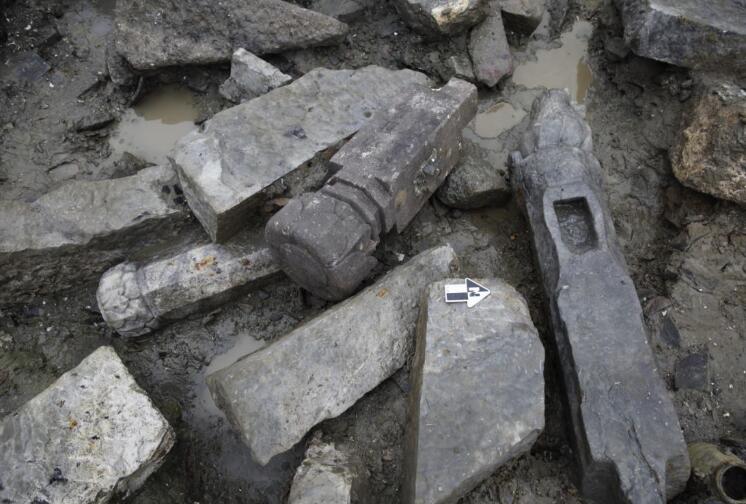
After more than ten years’ archaeological works of Huangsipu site, cultural appearances of the site become more and more clear. Plenty of bricks, tiles and porcelain shards from deposits and relatively regularly distributed wood posts discovered in river ways from Tang-Song dynasties all reflected that Huangsipu used to be a port, very prosperous and playing an important role in the history of Southern Yangtze Region.
More Detail:
8 A royal palace of Jin Dynasty found in Chongli District, Hebei Province
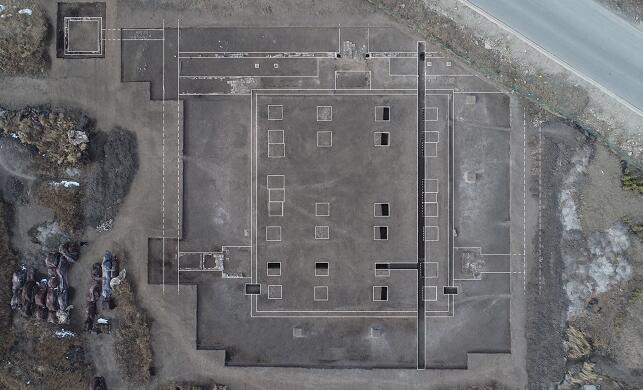
Located roughly 150 kilometers northwest of Beijing, the Taizicheng Ancient City Remains were discovered in the Chongli district of Zhangjiakou, North China's Hebei Province. Items discovered on site point to it dating from the Jin (1115-1234), a Jurchen empire that ruled over northern China. The site covers an area of about 140,000 square meters and contained relics of unusually high quality and in some cases bearing royal marks. It was most likely the location of an important royal palace during the Jin and has proven extremely valuable for research into the time period.
More Detail:9The Administrative Office of Southern Song Dynasty Found n Diaoyucheng, Chongqing
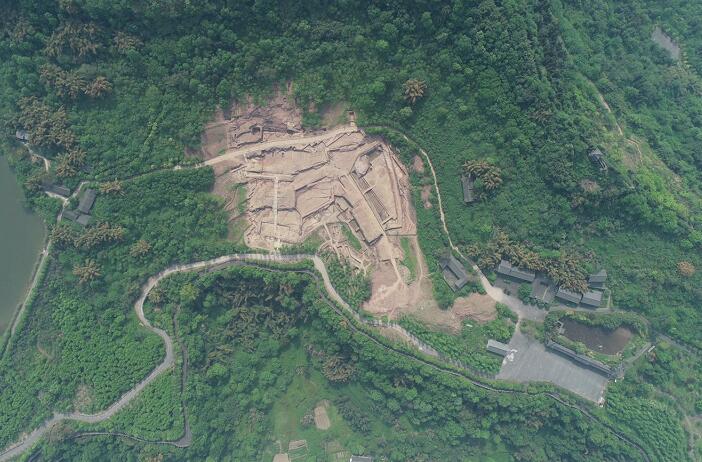
Based on the present discovery, the Southern Song Dynasty’s Yashu building ruins at Fanjiayan was near 15000 square meters, which was the only well preserved Song Dynasty’s Yashu building with large scientific excavation, unearthed plenty features and relics, provided academic value, historical significance and precious materials for the study of Song Dynasty’s city and Yashu Building’s development, ancient architecture, ancient fire weapon and Song-Yuan Dynasties’ war. It was the core of Shancheng Site of the war between Song and Mongol in Diaoyucheng, which offered strong support for Diaoyucheng’s application for the list of world heritage.
10 Sino-Japanese War shipwreck found in NE China
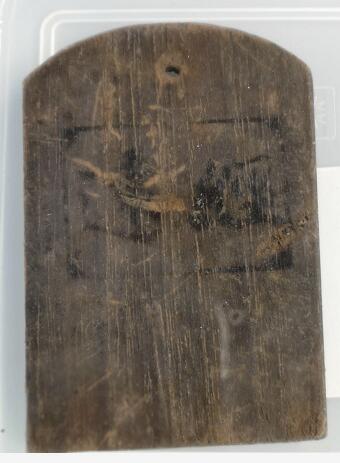
The Discovery of “Jingyuan Ship” is another important achievement after the discovery of “Zhiyuan Ship”. Its nameplate is the only one of Beiyang Fleet being found so far, and the materials, technologies and installation methods are figured out for the first time. The discovery provides rich materials for researches on history of world navy ships. Further improvements on underwater archaeological survey of shipwrecks of Beiyang Fleet play significant role in enhancing researches on modern Chinese history, development history of Chinese navy and history of world naval war and so on.
More Detail:

